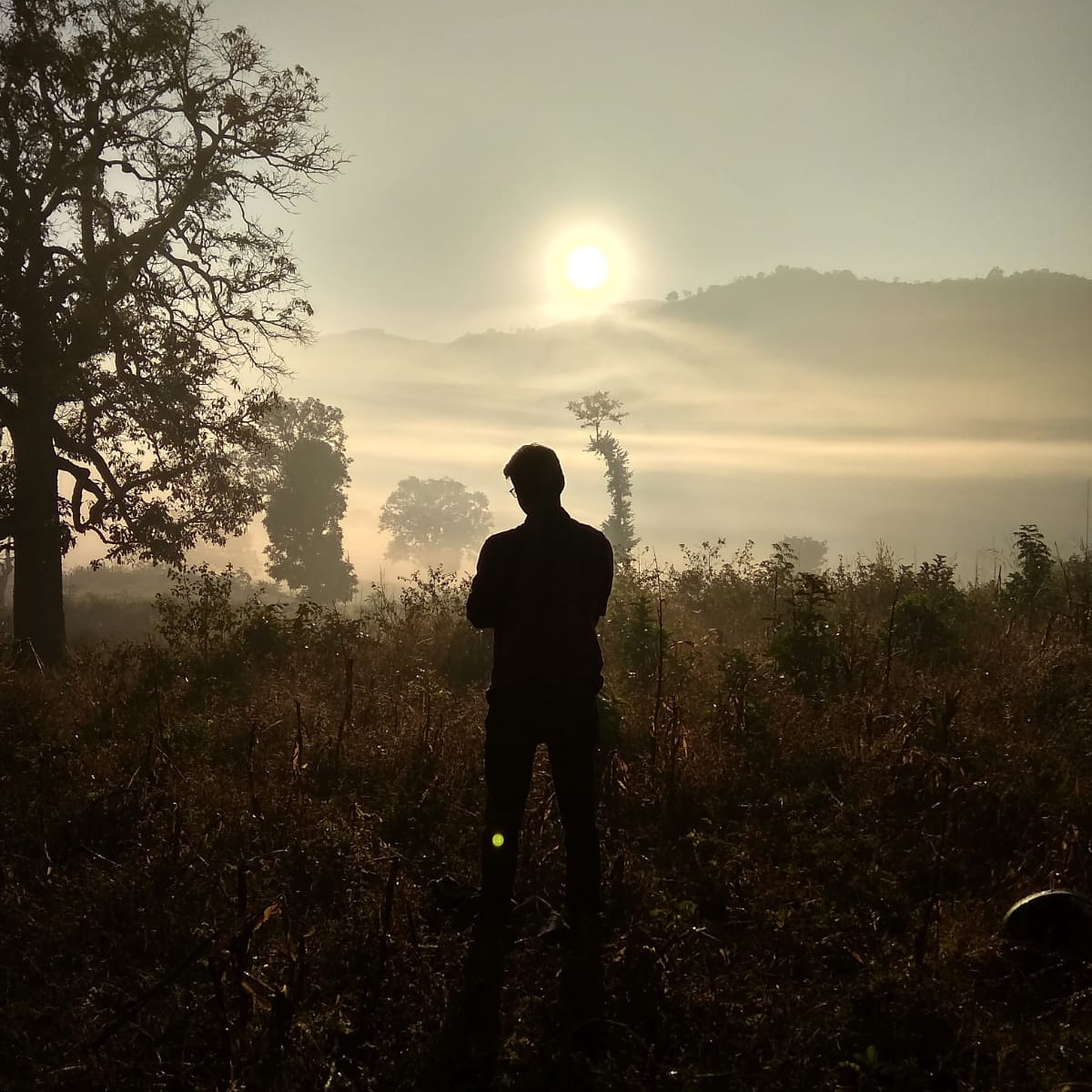Basic Life Support(BLS) & Cardiopulmonary Resuscitation (CPR)
- Sairam Paluri

- May 30, 2021
- 3 min read
So, what will you do when you are standing in a queue & an elderly person suddenly collapses in front of you?
You may call for help...
You may dial for an emergency helpline...
It's good that you are doing your part, but is it enough? Is this enough before that elderly person reaches the hospital?
That's when you need the help of some life-saving process...BLS.
In Western countries, this training is given from the school level. What about us? Are we given any training on BLS...No?
You may think what is the need to learn this, let me explain... The elderly person we discussed above, is having a cardiac event occurring outside the hospital, his chances of survival are nearly 10%. If he is provided with bystander CPR, the survival rate doubles to 20%.
How can we find out that a person has a cardiac arrest? He becomes unresponsive since there will be decreased cerebral blood flow, pulseless and apnea(cessation of breathing).
Here we may see two types of rhythms:
Shockable rhythm: Rhythm of the heart can be corrected by giving a shock.
Non-shockable rhythm: Shock doesn't work here.
Well, you can save that elderly person by following this protocol:
Check for scene safety - Assess to make sure the scene is safe so that it doesn't cause any injury to the patient. For example, if he fell over the escalator, move him to flat safe area; if he fell near a railway track, move him to the platform.
Tap on the shoulders with your hands and call out loudly like addressing the patient Sir/Madam...Can you hear me, to see if he's responding?
If the patient is not responding call for help, call a person near you and ask him to bring AED(Automated External Defibrillator) immediately. AED is usually available in Airports, Railways, Malls...
Activate Emergency response - ask a person to call for an ambulance and bring an AED.
Check for pulse and breathing movement - check at the side of the neck by placing two fingers(Pulse), check for the chest movement or place your face near the patient's face, so that you may feel his breath(Breathing).
Pulse checking

a. Pulse present, Respiration present - It may be due to hypoglycemia(low blood glucose) like Diabetics. Just monitor him, check the pulse every 2 mins.
b. Pulse present, Respiration absent - Provide rescue breaths to the patient at the rate of 1 breath per 6 secs i.e 10-12 breaths per minute, until the emergency team arrives.
c. Pulse absent, Respiration absent - This category of patients are eligible for CPR.
*Remember 'no respiration -> rescue breaths'; 'no pulse -> chest compressions'.
CPR:
Compressions - You need to place your palm over the chest in the lower part of the sternum and place the other palm on it, interlock your fingers and don't bend the elbow. The movement should be from the hip(fulcrum), you need to compress to 5cm deep in adults.

fourminutes.com
After the compression, allow the chest to recoil, so that flow to the heart increases.
*For every 30 compressions, you need to give 2 ventilations(30:2 ration in adults). For every minute you need to give 100-120 compressions.
Ventilation - Can be given by mouth to mouth. First- a) tilt the head, b) lift the chin - to provide airway. Then give 2 rescue breaths(count 1001, 1002)

iTalkHealth
Meanwhile, if you get AED, then open it & attach the electrodes in it as per instructions over it immediately, mostly on the right side of the chest, one electrode placed above the nipple and on the left side covering the nipple and entering the axilla.
AED has a vocal assistant, the device checks the rhythm when you attached it to the patient. Don't touch the patient while AED is checking the rhythm.
If it is a shockable rhythm, then AED instructs you to press a button to deliver the shock. After the shock, it instructs you to continue the CPR.

If it is non-shockable, continue CPR and check the pulse every 2 mins, until
a. patient recovers
b. rescue team arrives
c. you are exhausted (it will be good if you find another person to continue or share the work)
I found this somewhere on the web-
"CPR is like Sex. Even Bad CPR is better than No CPR"
Know more about CPR - Cardio Pulmonary Resuscitation



Comments